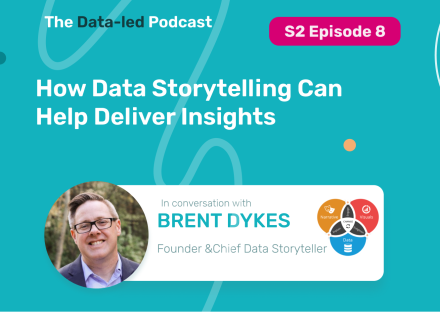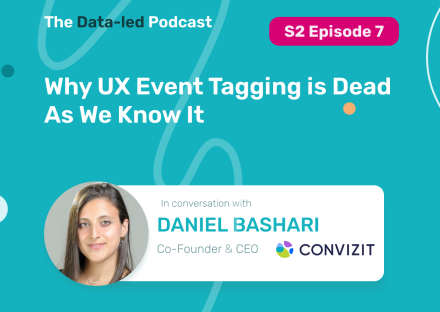Can you imagine the work of an FBI detective being based solely on witness testimonies?
That would be the equivalent of having data in your CRM only from the discussions with the clients. Enriching data in CRM will bring much more intel to the table, leading to far more closed deals.
Here are 5 types of data you can easily get in your CRM which will help you improve the efficiency of your sales and success teams and decrease their efforts.
1. Acquisition channels
Basically, the first question we ask about potential clients is: How educated are the users with respect to your product? This info is essential to the client’s profile and will dictate the way you approach him.
But this question alone is a bit too vague. To answer it, you first have to answer the following question:
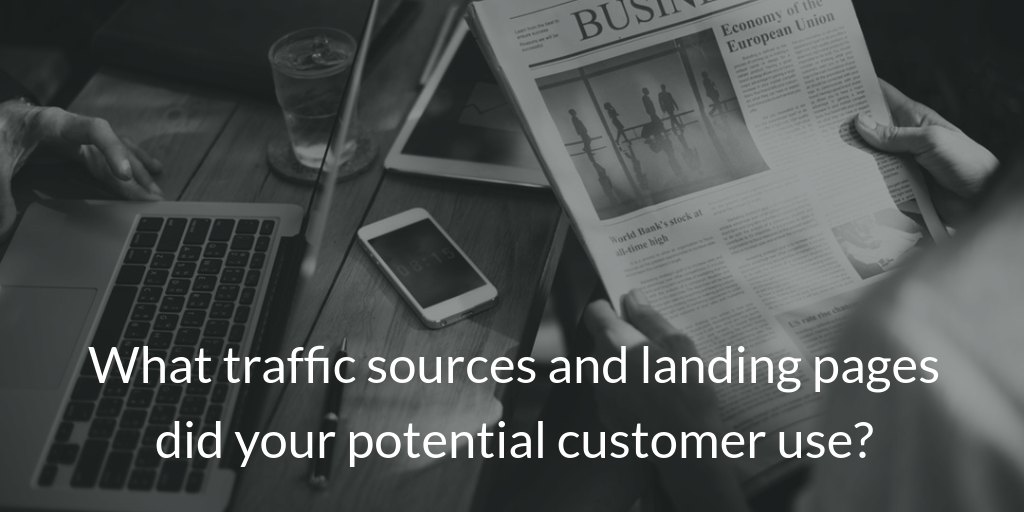
How is this important? Because every traffic source and landing page the potential customer used to get to your product comes with a slightly different promise and introduction about it. By monitoring all of them you will have a complete view on the story the user knows about your product.
Another good indicator is:

This will tell you how well-informed the users are, or if they are the type of persons who take their time before making a decision. It might even offer you a hint on whether they are in a hurry or not.
Want to go the extra mile? The stage at which a user checks out your prices also speaks volumes on how you should approach him.
- Is it the type of user who took a look at the product, went to the pricing page and then immediately contacted your sales department?
- Or is it a user who visited the site many times, thoroughly read all the info about the product, and now wants to speak to someone from your staff?
The more info you have on the potential customers, the easier it is for your sales team to approach them. Knowledge is power. So treat it wisely!
2. Onboarding status
Mixing self-service onboarding tactics with direct sales will maximize the number of customers your sales team can secure. In other words, let customers do as much as they can by themselves, and only involve the sales reps when needed.
Syncing in real time the onboarding status of a customer with the CRM will give sales teams the intel needed to increase their targets. Basically, knowing at which step the user is in the onboarding process gives your team the advantage to step in more efficiently, providing users with the necessary info right when it’s most needed.
However, in my experience, many companies still have a hard time defining the stages of their onboarding process. Not only that, but they also have problems pinpointing the precise moment when it ends. It’s quite delicate to try to sync the onboarding status with the users’ actions if you don’t know when the onboarding finishes. So,…

The onboarding is considered complete when you are already enjoying the product’s main functionalities, not when you’ve finished reading about it.
For instance, on a train you would be considered fully onboarded when you are already on the train, the train has left the station, and you are enjoying the ride, not when you are waiting on the platform with a travel guide in your hand.
So, by automating the updates on the user’s onboarding status in the CRM, the sales or customer success team can improve their timing and efficiency in the communication with the potential customer.
3. Goals & feature usage
If the onboarding process is the responsibility of either the sales team or the customer success team, after the payment is done it is solely the customer success team who has to keep the user happy for as long as possible.
To do so, the first question your team should be answering is:
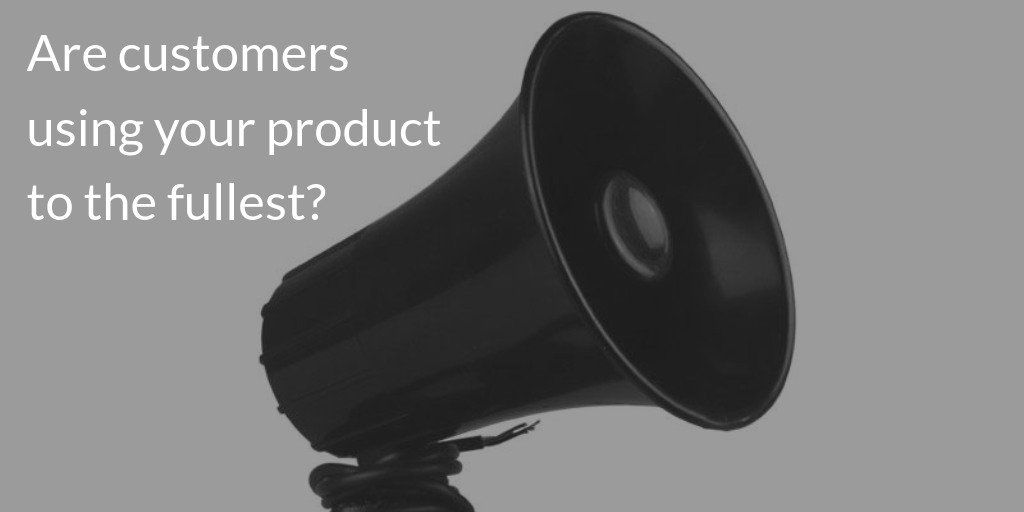
It is your team’s job to monitor in the CRM which of the main functionalities of the product are being used.
- When they notice the customer doesn’t make full usage of the product’s features, they should inform the user of all the functionalities he’s missing out on, and help him get started so that he gets what he is paying for. If you don’t manage to get customers to an advanced usage of your product, chances are they will abandon it for another product on the market.
- Your team should also monitor the functionalities that customers used to use, but have now abandoned. This should be an alarm signal that the user might be churning soon. This info can also be found in your CRM and help your team to better understand the users’ behavior and to establish which clients they should contact first.
In today’s world, the clients you’ve gained are not there forever. You will always have to improve either the product itself, or the communication with them. Basically, you will have to nurture the relationship with your customers to keep them happy.
This means that the customer success team has to analyse the difference between the customers who are there for the long run and those who are not, and set the goal to get as many customers as possible to do the actions your long-term customers are doing.
4. Engagement scoring
Changes in the user’s engagement level speak louder than words.
It is definitely the responsibility of the customer success team to monitor these changes in CRM. By doing so, they will instantly know which categories of users have a high probability of abandoning your product and which are actually discovering more functionalities and enjoying your app at its best.
The worst case scenario is when people are decreasing their engagement level from high to medium and then to low.
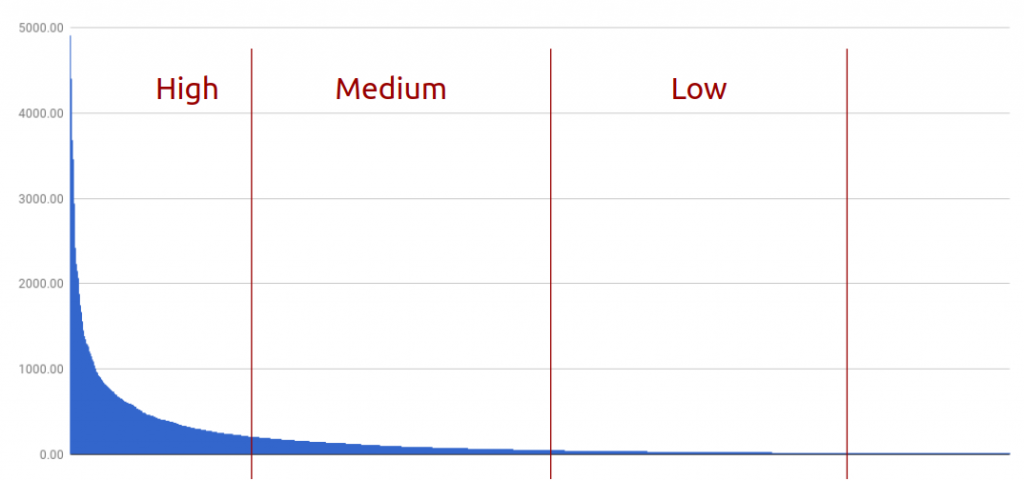
Obviously something is going wrong so your team should step in immediately and try to re-engage these users who were once satisfied with your product. This is the best time for such an attempt. If your team waits until they are gone, they have almost zero chances to get them back.
If they can’t get them back, the least they can do is find out why the dissatisfaction. At this stage, your users might still be willing to give you precious info on what’s going wrong. Futile as this might seem, it can actually open your eyes with respect to issues you were not aware of, and improve the product for the rest of the users – and prevent others from churning.
The best case scenario is when people are going from low to medium or high engagement.
We can ask them for testimonials, use their reviews or ask them to recommend us to third parties in order to bring in new customers. They would thus become ambassadors of our product.
For more details on the subject, here’s how to define the users’ engagement categories and here’s how to prevent the most vulnerable users from churning.
Your team can also run Net Promoter Scoring on each engagement level. The NPS scoring is naturally totally different for every level, and according to this score the customer success team should figure out what they can do for every level to help improve customer experience and thus increase user engagement.
5. Errors
Arguably, the most painful loss you can suffer is when high engagement users leave unexpectedly.
These losses are usually linked to errors.

A major error that has repercussions on the customer’s business, or one that irritates the user to such a degree that it brings him to the point of no return.
For instance, in the hosting area, a provider error or the leaking of info can cause large numbers of users to change provider.
Basically, if such an error occurs, you need to be the first to know about it, so that you can correct it before the client ever realizes something went wrong. Only then can you inform users about the error. That way you don’t just inform users about what happened, you also inform them about the fix and minimize the impact it had on them.
Users will react much better if they receive the news directly from you than if they discover the issue on their own, because the problem has already been solved.
They might also appreciate your honesty, professionalism and speed in solving the issue. In fact, their attitude might actually be something in the lines of: ‘every provider encounters errors, but not every one manages them as well as mine.’ You can thus turn a negative experience into a positive one.
So remember, all this can be done with the help of the CRM if you use it to its fullest extent.
If you’re looking to get deep insights into how your customers use your product, InnerTrends can help. You won’t have to be a data scientist to discover the best growth opportunities for your business, our software will take care of that for you.
Schedule a Demo with us and witness with your own eyes just how powerful InnerTrends can be.
